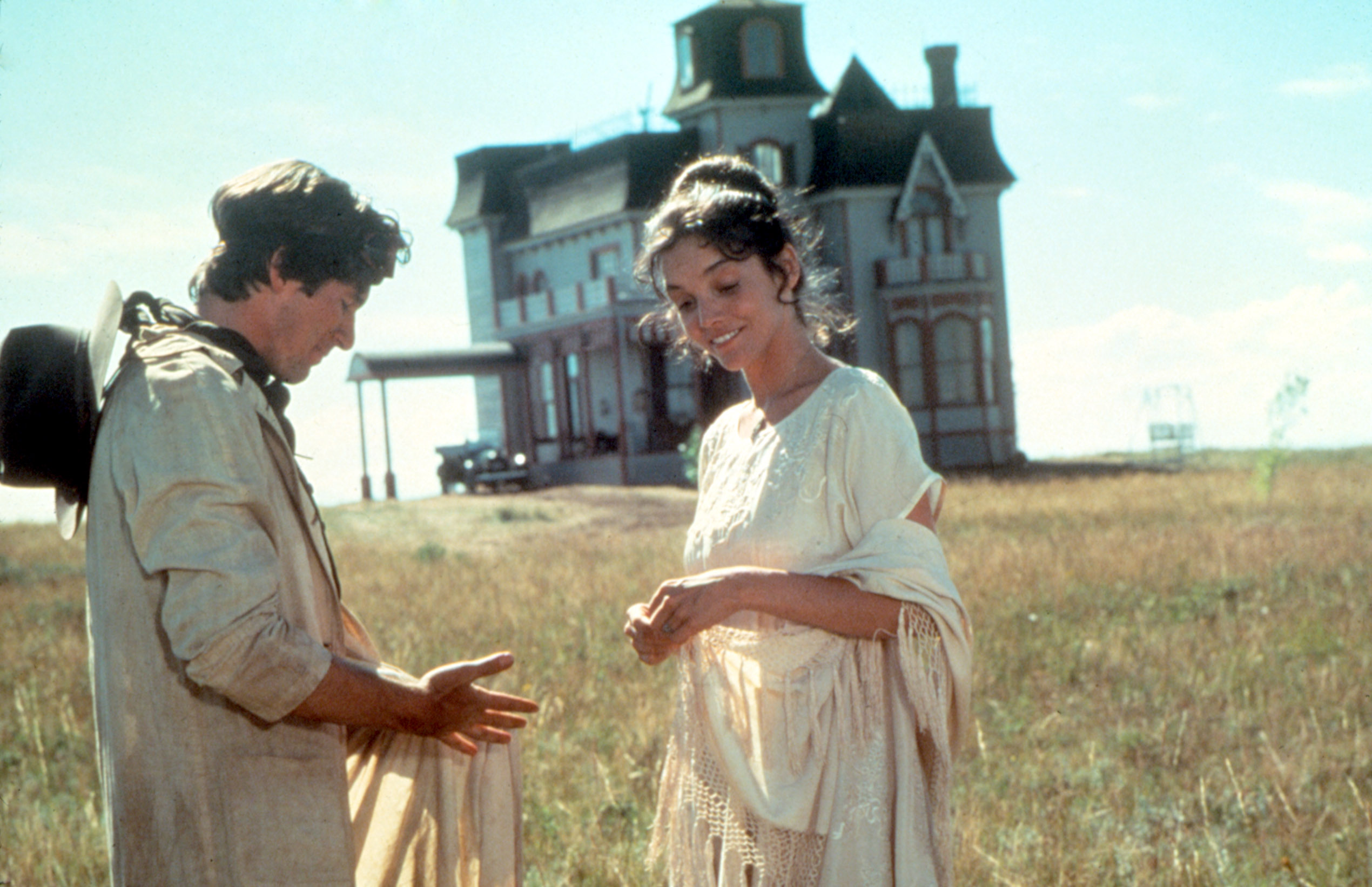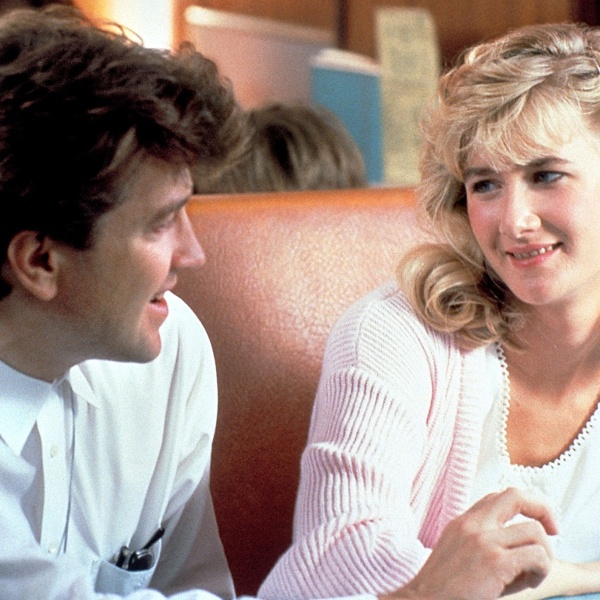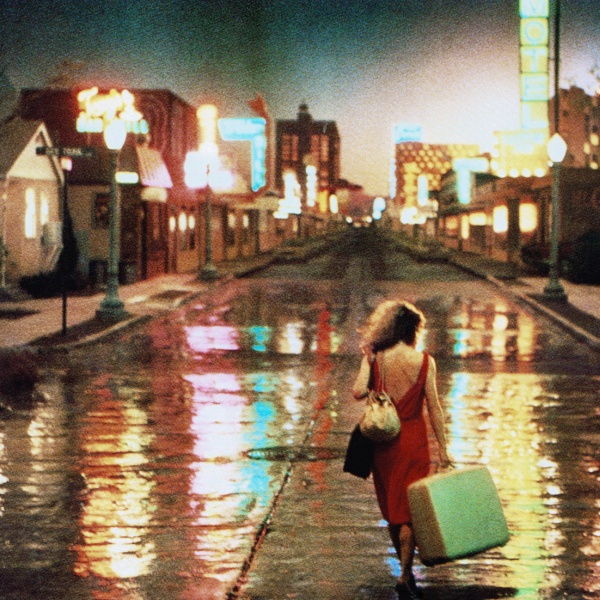When Martin Scorsese decided that he would travel to Oklahoma to shoot “Killers of the Flower Moon,” he called on a number of his most trusted partners, including editor Thelma Schoonmaker, cinematographer Rodrigo Prieto, and composer Robbie Robertson. Yet for the pivotal role of production designer, Scorsese chose a collaborator with whom he had never worked before: Jack Fisk.
A quick look at Fisk’s filmography makes it obvious why the greatest living American director would choose him to design “Killers”; for 50 years, Fisk has been creating historically accurate, visually poetic, and quintessentially American sets for master filmmakers including Brian DePalma, Terrence Malick, Paul Thomas Anderson, and David Lynch.
Fisk began his career working in exploitation pictures for producers like Roger and Gene Corman and quickly gained a reputation for creating atmospheric, expressive sets on a budget; his work on Stephanie Rothman’s thriller “Terminal Island” is particularly impressive in its triumph over limited resources. That film came out in 1973, a pivotal year for Fisk in which he also designed two cult classics (“Messiah of Evil” and Jonathan Kaplan’s “The Slams”) as well as his first movie for Terrence Malick (“Badlands”), the director with whom he would come to be associated more than any other.
“Badlands” established some of Fisk’s key strengths, most notably his skill at handling location work — no production designer in the history of film has been better at exteriors, whether he’s making the most of a preexisting locale (as in his “Winkie’s” diner set for “Mulholland Drive”) or building an entirely new town. His knack for exteriors reaches its apotheosis in “Killers of the Flower Moon,” a Western that is simultaneously expansive and claustrophobic; the greatness of Fisk’s work lies in his ability to manifest the characters’ many contradictions in the landscape and buildings as he creates an epic tale of an Eden destroyed by greed and corruption.
While “Killers of the Flower Moon” may be Fisk’s finest work to date, it’s far from his only masterpiece. While Fisk is known to be choosy and doesn’t have as many credits on his résumé as other top designers, his ratio of classics is astonishingly high. Below are seven of Fisk’s most memorable sets from seven of his most iconic movies, all of them collaborations between Fisk and some of the most notable directors in film history.
-
“Phantom of the Paradise” (1974)

Image Credit: ©20thCentFox/Courtesy Everett Collection Fisk showed what he could do with limited resources on this modestly budgeted Brian DePalma musical, a film whose scale largely comes from the production designer’s gift for repurposing existing spaces. The movie is filled with visually dynamic environments, from the studio where tormented composer Winslow Leach composes his masterpiece (real-life recording studio The Record Plant) to the theater that gives the movie its title (New York’s City Center for the exteriors, Dallas’ Majestic Theater for the interiors). Fisk’s alterations transform each of them into a colorful, texture-filled rock and roll fantasia. One of the best designs is the “Cabinet of Dr. Caligari”-inspired set for the big show that comes an hour into the movie — it’s a perfect marriage of rock showmanship and the kind of horror iconography that DePalma loves, and it keeps evolving throughout the film’s final third. Fun fact: Fisk’s wife, Sissy Spacek, helped out as a set dresser; two years later, she reunited with DePalma to play the lead role in “Carrie,” a performance that snagged her an Oscar nomination.
-
“Days of Heaven” (1978)

Image Credit: ©Paramount/Courtesy Everett Collection Fisk’s ability to express character through sets was never more fully realized than in this 1978 masterpiece from director Terrence Malick, one of the most visually stunning films ever made and a personal breakthrough for Fisk. Fisk was tasked with recreating 1916 Texas in contemporary Alberta, where farmers still cultivated wheat fields tall enough to match Malick’s vision. The focal point of the film is the house of Sam Shepard’s wealthy farmer — one-third of a love triangle alongside Richard Gere and Brooke Adams. Unable to find a house with the surroundings Malick desired, Fisk designed and built one that felt like the Shepard character’s architectural corollary. Tall and alone in the vast field, the house conveys Shepard’s sense of yearning and isolation but also his sturdy authority; unguarded on all sides, it also reveals the character’s vulnerability to predators like Gere. Fisk built not just the façade but the inside of the house and learned an important lesson that he carried on to all of his future films: the more complete the set, the more freedom the directors and actors have to do their best work.
-
“Movie Movie” (1978)

Almost 30 years before Quentin Tarantino and Robert Rodriguez’s “Grindhouse,” Hollywood pro Stanley Donen (“Singin’ in the Rain,” “Two for the Road”) conducted a similar experiment where he combined two films in one to replicate the experience of going to the movies in the 1930s. The “double feature” contained in “Movie Movie” (1978) consists of a fight picture (“Dynamite Hands”) and a musical (“Baxter’s Beauties of 1933”); using several of the same actors in both movies, Donen creates a witty, extremely entertaining commentary on the pleasures and clichés of the old Hollywood studio system. He also gives Fisk an opportunity to go for broke, recreating the sets of Hollywood’s golden age in a variety of styles. Fisk’s set for a Busby Berkeley-inspired production number is perhaps the most glorious, but the designs throughout are endlessly inventive and often used more than once in the classical Hollywood tradition — one of the movie’s sly visual conceits is the idea that sets from one movie are often reused in the other (along with shots and dialogue) but repurposed in such a different context that audiences of the time would presumably be unaware of the repetition.
-
“Mulholland Drive” (2001)

Image Credit: Courtesy of Universal Pictures David Lynch has said many, many times how much he loves Los Angeles, and “Mulholland Drive” is his ultimate celebration of the city’s seductive glamor. It’s also the most scathing dissection of the town’s cruel and destructive underbelly since Billy Wilder’s similarly titled “Sunset Boulevard,” a poignant and terrifying depiction of an idealistic actress’ disintegration running on a parallel track with vivid dreams of romantic and professional triumph. Fisk’s production design brilliantly captures both sides of the film’s vision of Hollywood, with convincingly dilapidated flophouse apartments coexisting alongside shimmering pools and decked-out soundstages that feel like something old of the studio system’s golden age. Lynch’s love for classic Hollywood as a dream factory comes out most delightfully in Fisk’s design for the soundstage seen twice in the movie, first as an exemplar of all the heroine aspires to and second as a source of her misery. With its 1950s-inspired sound booth, magical painted backdrops, and pristine vintage cars, it’s a pop culture confection that yields some of the most beautiful images Lynch ever directed.
-
“The New World” (2005)

Image Credit: ©New Line Cinema/Courtesy Everett Collection Fisk’s fourth collaboration with Terrence Malick tasked him with recreating 17th-century Jamestown, a job he undertook by trying to replicate the circumstances under which the settlers would likely have worked. Rather than build pristine structures, he created clunky, primitive ones erected with the weary haste Fisk assumed the original habitants brought to the settlement; the result was another of Fisk’s wholly organic and historically accurate sets and one that seems to transform itself into something more and more threatening as the film progresses. Fisk’s attention to historical detail and his sets designed for natural light allowed Malick and cinematographer Emmanuel Lubezki to shoot “The New World” almost like a documentary of a period in which film didn’t exist — no period film is more immersive or convincing, and a lot of that has to do with the environments Fisk created.
-
“There Will Be Blood” (2007)

Image Credit: ©Paramount/Courtesy Everett Collection In keeping with his rigorous attention to historical detail, Fisk created the iconic oil derrick of Paul Thomas Anderson’s 2007 classic by adhering to blueprints of the time, but the majesty of “There Will Be Blood” goes beyond period accuracy. While the structures that litter the California boom town where the film takes place (actually shot in Marfa, Texas, the location of George Stevens’ “Giant”) are indeed authentic, Fisk’s genius is in their placement in relationship to each other and the elements. The way the derrick looms over the campsite against the desert sky is both beautiful and desolate in a manner reminiscent of Fisk’s work on “Days of Heaven” and Fisk and Anderson’s overall approach to the period — which included not having any signage — gives the movie a timeless, fable-like quality. It was Paul Thomas Anderson who told Scorsese, “You have to get Jack,” when Scorsese told him he was about to embark on his first Western, and this first collaboration between PTA and Fisk brought out the best in both of them.
-
“The Revenant” (2015)

Image Credit: 20th Century Fox Licensing/Merchandising / Everett Collection Fisk and cinematographer Emmanuel Lubezki reunited for a non-Malick project when they took on Alejandro González Iñárritu’s adventure film, and they brought the methodology they had developed together on “The New World,” “Tree of Life,” and other Malick films to a whole new level. Once again building 360-degree sets that would enable Lubezki to shoot in natural light from any direction, Fisk created tribal villages, post-and-beam fur trappers’ forts, and a keelboat, but his most impressive sets are the ones that don’t look like sets at all. Although the brutal wilderness locations through which Leonardo DiCaprio trudges appear to be shot as is, that’s just an indication of Fisk’s skill; in fact, he often had to alter the surroundings, bringing in dump trucks full of snow and 50-foot trees provided not by nature but the greens crew. Fisk has said that Scorsese chose him for “Killers of the Flower Moon” because he doesn’t build sets on soundstages, he builds them on location, and that was never more evident or impressive than here.


